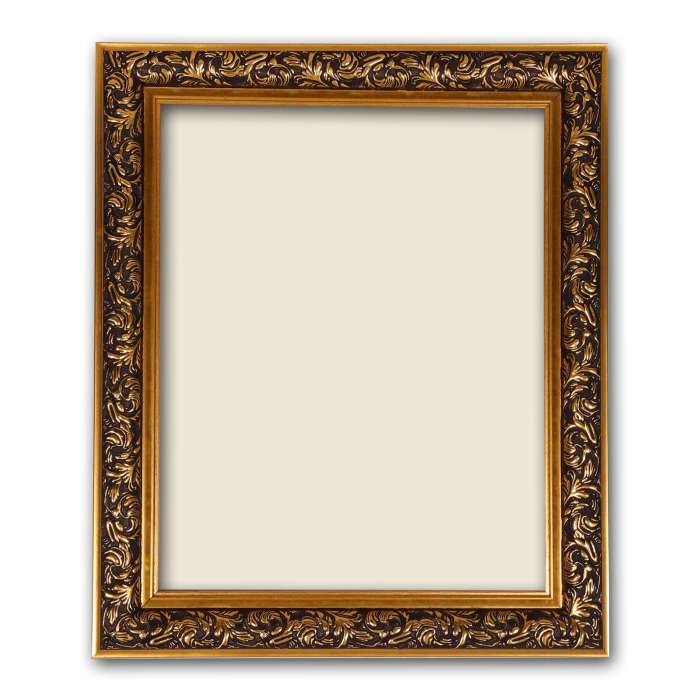Crafting the Perfect Frame Design: A Comprehensive Guide
Delve into the intricate world of frame design where form meets function in a harmonious blend. From enhancing product performance to elevating aesthetics, the impact of frame design is far-reaching and pivotal across various industries. Let's explore the art and science behind creating the perfect frame design.
In this guide, we will unravel the importance of frame design, delve into the factors that influence design decisions, explore different types of frame designs, and look at the latest innovations shaping the future of this dynamic field.
Importance of Frame Design

Frame design plays a crucial role in various industries, impacting product performance, aesthetics, user experience, structural integrity, and durability.
Impact on Product Performance
Frame design directly affects the functionality and performance of products. For example, in the automotive industry, the frame of a vehicle determines its strength, stability, and safety features. A well-designed frame can enhance handling, reduce vibrations, and improve overall driving experience.
Enhancing Aesthetics and User Experience
Frame design is essential for creating visually appealing products that attract consumers. Whether it's a sleek smartphone frame or a modern chair design, aesthetics are heavily influenced by the frame structure. Additionally, the ergonomics and user-friendliness of a product are often determined by its frame design, impacting comfort and usability.
Influence on Structural Integrity and Durability
The structural integrity and durability of a product rely heavily on its frame design. A strong and well-engineered frame can ensure longevity and reliability, especially in high-stress environments. For example, in the construction industry, the frame design of buildings dictates their ability to withstand external forces such as wind, earthquakes, and heavy loads.
Factors Influencing Frame Design

When it comes to designing frames, there are several key factors that play a significant role in shaping the final product. These factors dictate the materials used, the overall functionality, and the comfort of the frame. Let's explore the various elements that influence frame design decisions.
Impact of Materials on Frame Design
The choice of materials is crucial in determining the design of a frame. Different materials offer varying levels of durability, flexibility, and weight, which directly impact the performance and aesthetics of the frame. For example, carbon fiber is often used in high-performance frames due to its lightweight and stiff properties, while aluminum frames are popular for their affordability and durability.
The selection of materials also affects the overall cost of production and the target market for the frame.
Functionality Requirements in Frame Design
Functionality requirements, such as the intended use of the frame (e.g., road cycling, mountain biking, commuting), play a crucial role in design decisions. Frames need to be tailored to meet the specific needs of the rider, including factors like geometry, stiffness, aerodynamics, and comfort.
For instance, a frame designed for competitive racing will have different specifications compared to a frame built for leisurely rides. Balancing these requirements while maintaining structural integrity is essential in frame design.
Role of Ergonomics and Human Factors in Frame Design
Ergonomics and human factors heavily influence frame design to ensure optimal comfort and performance for the rider. Factors like frame geometry, handlebar positioning, and saddle height are carefully considered to enhance the rider's experience and prevent discomfort or injury. Frames must be designed with the human body in mind, taking into account biomechanics and user preferences.
By prioritizing ergonomics, designers can create frames that offer a superior riding experience and reduce the risk of musculoskeletal issues.
Types of Frame Designs

When it comes to frame design, there are several types that engineers can choose from based on the specific requirements of the project
Monocoque Frame
A monocoque frame is a structure where the external skin carries most of the stresses. This type of frame design is commonly used in high-performance vehicles such as race cars and airplanes. The main advantage of a monocoque frame is its lightweight construction, which helps improve speed and fuel efficiency.
However, it can be challenging to repair in case of damage.
Space Frame
Space frames consist of a network of small tubes that form a complex 3D structure. This type of frame design is often used in sports cars and supercars due to its excellent strength-to-weight ratio. Space frames are highly customizable and can be easily modified for different vehicle configurations.
The downside is that they can be expensive to manufacture.
Ladder Frame
Ladder frames are simple, rigid structures made of two parallel rails connected by cross members. This type of frame design is commonly found in trucks and SUVs due to its high strength and durability. Ladder frames are cost-effective to produce and provide excellent load-carrying capabilities.
However, they can be heavy and less suitable for high-performance applications.
Unibody Frame
Unibody frames integrate the body and frame into a single structure, providing strength and rigidity. This type of frame design is commonly used in passenger cars and crossover vehicles for its lightweight construction and improved fuel efficiency. Unibody frames offer better handling and ride quality but may lack the durability of traditional ladder frames.
Design Requirements
The choice of frame design is influenced by specific requirements such as weight, strength, cost, and intended use of the vehicle. For example, a high-performance sports car may benefit from a lightweight monocoque frame, while a heavy-duty truck may require a sturdy ladder frame.
Engineers must consider these factors carefully to select the most suitable frame design for each application.
Innovations in Frame Design
In recent years, frame design technology has seen significant advancements, leading to innovative approaches in creating frames for various applications. These innovations have been driven by improvements in materials, manufacturing techniques, and a growing focus on sustainability in design and production processes.
Advancements in Materials Impacting Frame Design
Materials play a crucial role in frame design, impacting factors such as weight, strength, durability, and aesthetics. Recent innovations have introduced new materials like carbon fiber composites, titanium alloys, and advanced polymers, offering designers a wider range of options to optimize frame performance.
These materials have revolutionized frame design by providing high strength-to-weight ratios, enhanced stiffness, and improved shock absorption capabilities, leading to more efficient and durable frame structures.
Additive Manufacturing in Frame Design
Additive manufacturing, commonly known as 3D printing, has emerged as a game-changer in frame design. This technology allows designers to create complex geometric shapes and intricate lattice structures that were previously impossible with traditional manufacturing methods. Additive manufacturing enables the production of customized frames tailored to specific requirements, offering greater design flexibility and optimization of material usage.
This approach also reduces material waste and energy consumption, contributing to sustainable practices in frame design and manufacturing.
Sustainable Practices in Frame Design and Manufacturing
Sustainability has become a key focus in the design and manufacturing industry, including frame design. Designers are increasingly incorporating sustainable practices by utilizing recyclable materials, minimizing waste generation, and optimizing production processes to reduce environmental impact. By adopting eco-friendly materials and production methods, frame designers are not only reducing their carbon footprint but also contributing to a more sustainable future for the industry.
Implementing sustainable practices in frame design and manufacturing is not only environmentally responsible but also economically beneficial in the long run.
Epilogue
As we conclude our exploration of frame design, it becomes evident that the marriage of creativity and engineering is at the core of every successful design. From structural integrity to aesthetic appeal, frame design plays a crucial role in defining the products we interact with daily.
Embrace the art of frame design and witness how it transforms ideas into tangible realities.
Question Bank
How does frame design impact product performance?
Frame design directly affects product performance by influencing factors like weight distribution, stability, and overall structural strength.
What role does ergonomics play in shaping frame design?
Ergonomics focuses on creating designs that optimize user comfort and efficiency, impacting the overall shape and layout of frames.
What are the key factors that influence frame design decisions?
Key factors include functionality requirements, materials used, structural integrity needs, and aesthetic considerations.




